Home>Gardening & Outdoor>Landscaping Ideas>What To Use To Make My Grass Green
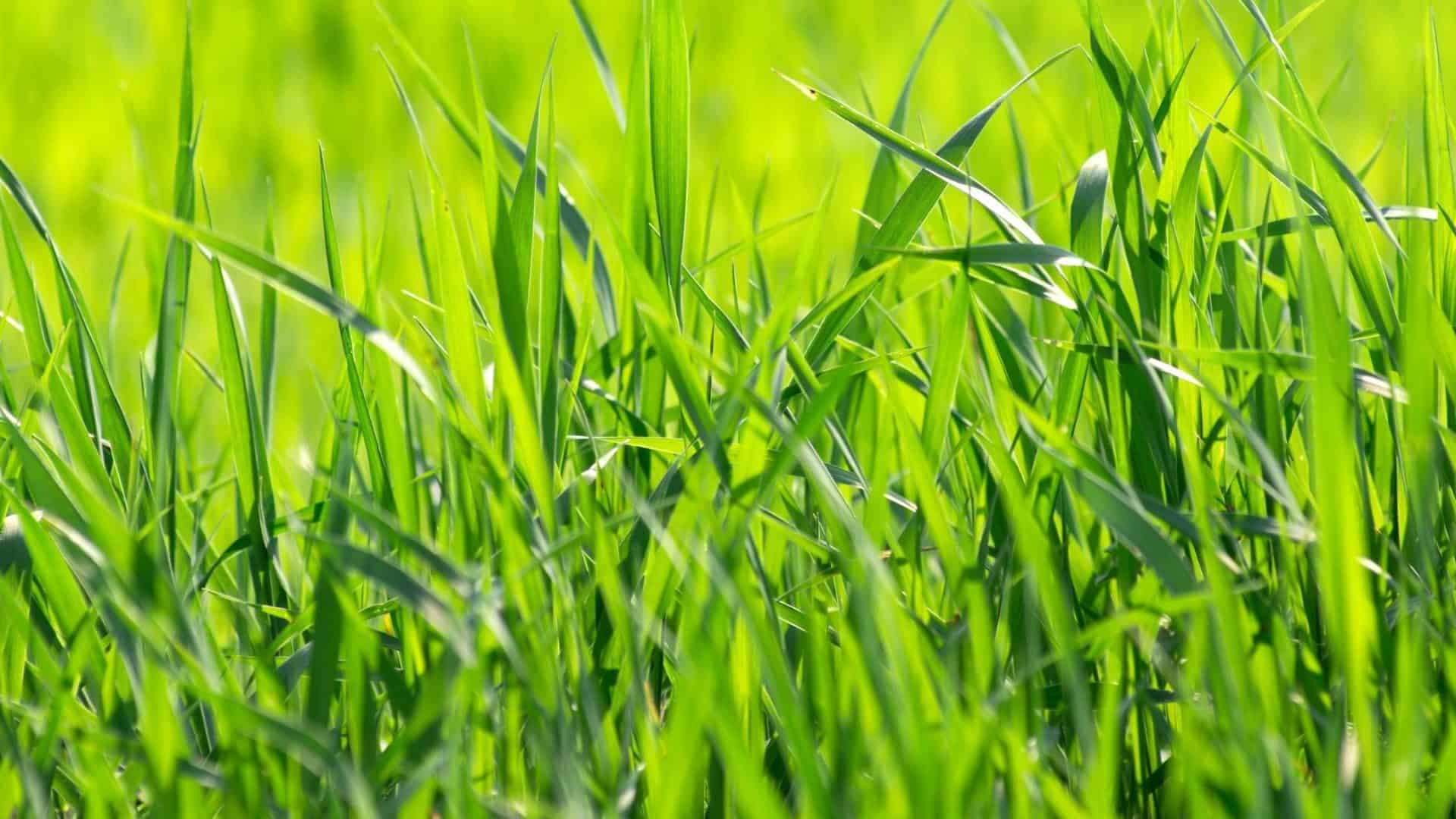

Landscaping Ideas
What To Use To Make My Grass Green
Modified: October 18, 2024
Discover effective landscaping ideas and products to make your grass green. Find the best solutions for a lush and healthy lawn. Boost your curb appeal with these tips.
(Many of the links in this article redirect to a specific reviewed product. Your purchase of these products through affiliate links helps to generate commission for Storables.com, at no extra cost. Learn more)
Introduction
Welcome to the world of lush, vibrant green lawns! Achieving a verdant and healthy lawn requires a combination of proper maintenance, soil care, and the right products. If you’ve been wondering how to make your grass green, you’re in the right place. In this comprehensive guide, we’ll explore the essential factors that contribute to a vibrant lawn, including soil health, fertilizers, grass seed selection, watering techniques, and weed and pest management.
Whether you’re a seasoned gardener or a novice homeowner eager to elevate your lawn care game, understanding the key elements of lawn maintenance will empower you to transform your outdoor space into a lush oasis. So, let’s dive into the world of green grass and discover the secrets to achieving a lawn that will be the envy of the neighborhood.
Key Takeaways:
- To make your grass green, understand your soil’s pH and nutrient levels, choose the right fertilizer, and water deeply and infrequently to promote robust root development and lush green growth.
- Select grass seed suited to your climate, prepare the soil effectively, and manage weeds and pests to maintain a vibrant, green lawn that thrives in its environment.
Read more: How To Make My Brown Grass Green Fast
Understanding Your Soil
Before delving into the specifics of making your grass green, it’s crucial to understand the foundation of healthy lawn care: the soil. The composition of your soil plays a pivotal role in determining the overall health and vibrancy of your grass. Conducting a soil test is an excellent starting point to assess its pH level, nutrient content, and composition. This valuable insight will guide you in making informed decisions about soil amendments and fertilization.
Soil with a pH level below 6.0 may indicate acidity, while a pH level above 7.5 suggests alkalinity. Most grass species thrive in slightly acidic soil with a pH range of 6.0 to 7.0. By adjusting the pH level through the application of lime to raise acidity or sulfur to lower alkalinity, you can create an optimal environment for your grass to flourish.
Furthermore, understanding the nutrient content of your soil is essential for providing the necessary elements for healthy grass growth. Nitrogen, phosphorus, and potassium are primary nutrients that support overall lawn health. Based on your soil test results, you can select fertilizers with the appropriate nutrient ratios to address any deficiencies and promote robust grass growth.
Additionally, the soil’s composition, including its texture and structure, influences water retention and root development. Sandy soils drain quickly but may require more frequent watering, while clay soils retain moisture but can become compacted, hindering root growth. Amending the soil with organic matter, such as compost or peat moss, can improve its structure and water retention capacity, creating an optimal environment for healthy grass roots.
By gaining insights into your soil’s pH, nutrient levels, and composition, you can tailor your lawn care practices to address specific soil characteristics, setting the stage for vibrant, green grass that thrives in its environment.
Choosing the Right Fertilizer
When it comes to nourishing your lawn and promoting lush green growth, selecting the right fertilizer is paramount. Fertilizers are formulated to provide essential nutrients that support healthy grass development, and understanding their composition and application is key to achieving vibrant greenery.
Before purchasing fertilizer, consider the nutrient requirements of your grass, which can vary based on factors such as grass species, climate, and soil conditions. Fertilizer labels typically display three prominent numbers representing the percentage of nitrogen, phosphorus, and potassium, respectively. For instance, a 20-5-10 fertilizer contains 20% nitrogen, 5% phosphorus, and 10% potassium. Nitrogen promotes leaf and stem growth, phosphorus supports root development, and potassium aids in overall plant health and resilience.
For established lawns, a balanced fertilizer with a nitrogen-phosphorus-potassium (N-P-K) ratio of 3:1:2 or 4:1:2 is often suitable for maintaining healthy grass growth. Conversely, starter fertilizers with a higher phosphorus content are beneficial when establishing new lawns from seed or sod, as phosphorus encourages robust root establishment.
Granular and liquid fertilizers offer different application methods, each with its advantages. Granular fertilizers are well-suited for even coverage and gradual nutrient release, while liquid fertilizers provide rapid absorption and are convenient for spot treatments or quick greening before special events.
It’s important to apply fertilizer at the appropriate times to maximize its effectiveness. Early spring and early fall are optimal periods for fertilization, as grass actively absorbs nutrients during these periods of growth. However, be cautious not to over-fertilize, as excessive nitrogen can lead to rapid growth, requiring more frequent mowing and potentially weakening the grass over time.
By selecting a fertilizer tailored to your lawn’s specific needs, understanding its nutrient composition, and applying it at the right times, you can provide your grass with the essential elements for vibrant green growth, ensuring a healthy and visually appealing lawn.
Using the Correct Type of Grass Seed
Choosing the right type of grass seed is a fundamental step in achieving a lush, green lawn. Various grass species and cultivars offer distinct characteristics suited to different climates, soil types, and maintenance preferences. Understanding the key factors involved in selecting grass seed will enable you to establish a resilient and visually appealing lawn that thrives in its environment.
Climate plays a pivotal role in determining the most suitable grass species for your lawn. Cool-season grasses, such as Kentucky bluegrass and fescue, flourish in northern regions with moderate to cool temperatures, while warm-season grasses, including Bermuda grass and Zoysia grass, thrive in southern climates with hot summers. Selecting grass seed that aligns with your region’s climate ensures optimal growth and resilience against environmental stressors.
Consider the specific characteristics of grass cultivars, such as drought tolerance, disease resistance, and maintenance requirements, to align with your lawn care preferences. For instance, if you seek a low-maintenance lawn, selecting a grass cultivar known for its resilience and minimal water requirements can simplify your lawn care routine while promoting green, healthy growth.
When overseeding an existing lawn or establishing a new one, it’s essential to prepare the soil properly to create an ideal environment for seed germination and root development. Loosening the soil, removing debris, and incorporating organic matter can enhance seed-to-soil contact and provide a nurturing foundation for the grass seed to thrive.
Furthermore, understanding the germination and establishment timelines of different grass species is crucial for planning and managing your lawn care activities. Some grasses establish quickly and provide rapid coverage, while others may require more time to develop, necessitating patience and consistent care.
By selecting grass seed tailored to your region’s climate, considering cultivar characteristics that align with your maintenance preferences, and preparing the soil effectively, you can lay the groundwork for a vibrant, green lawn that flourishes in its environment, enhancing the beauty and functionality of your outdoor space.
To make your grass green, use a balanced fertilizer with nitrogen, phosphorus, and potassium. Follow the instructions on the package for proper application and watering.
Proper Watering Techniques
Watering is a critical aspect of maintaining a green and healthy lawn, and employing proper techniques is essential to ensure optimal grass growth and resilience. Understanding the watering needs of your grass, as well as implementing efficient and mindful watering practices, will contribute to the lush green appearance of your lawn while conserving water resources.
One of the primary considerations in watering your lawn is to provide deep and infrequent watering rather than frequent shallow watering. Deep watering encourages the development of deep and robust root systems, enhancing the grass’s ability to withstand drought and environmental stress. Conversely, shallow watering can lead to shallow root growth, making the grass more susceptible to heat and water stress.
Timing is crucial when it comes to watering your lawn. Early morning, typically before 10 a.m., is an ideal time to water the grass, as it allows the moisture to penetrate the soil effectively without the risk of evaporation due to midday heat. Watering in the evening can lead to prolonged leaf wetness, potentially promoting fungal diseases. Additionally, avoiding midday watering minimizes water loss through evaporation, ensuring efficient water utilization.
Utilizing irrigation methods that promote uniform water distribution, such as oscillating sprinklers or drip irrigation systems, can help prevent overwatering in certain areas and underwatering in others, promoting consistent grass growth across the lawn. Adjusting the watering schedule based on seasonal changes and weather patterns, such as rainfall and temperature fluctuations, ensures that your lawn receives adequate moisture without excess saturation.
Observing visual cues from the grass, such as wilting or changes in color, can provide valuable insights into its water needs. However, it’s important to strike a balance, as overwatering can lead to waterlogged soil and potential root rot, while underwatering can result in dry, stressed grass. Monitoring the moisture level of the soil and adjusting the watering frequency accordingly contributes to maintaining optimal soil moisture for healthy grass growth.
By embracing proper watering techniques, including deep and infrequent watering, strategic timing, efficient irrigation methods, and responsive adjustments based on visual cues and environmental factors, you can nurture a vibrant and resilient lawn that showcases lush greenery, enhancing the beauty and livability of your outdoor space.
Read more: Why Is My Grass Light Green And Dark Green
Managing Weeds and Pests
Maintaining a lush green lawn involves proactive management of weeds and pests that can detract from its visual appeal and overall health. Implementing effective strategies to combat weeds and pests will safeguard your grass, allowing it to thrive and maintain its vibrant green appearance. By integrating preventive measures and targeted treatments, you can preserve the beauty and resilience of your lawn.
Weeds, such as dandelions, crabgrass, and clover, can compete with grass for essential nutrients, water, and sunlight, compromising its health and aesthetic appeal. Regular mowing at the appropriate height for your grass species, typically 2.5 to 3.5 inches, discourages weed growth by shading the soil and inhibiting weed seed germination. Additionally, applying pre-emergent herbicides in early spring can prevent weed seeds from sprouting, reducing the need for post-emergent weed control measures.
When addressing existing weeds, selective herbicides targeting specific weed species while minimizing impact on desirable grass can effectively manage weed infestations. Spot-treating weeds rather than applying broad-spectrum herbicides allows for targeted control, preserving the health and integrity of the surrounding grass.
Pests, ranging from insects like grubs and chinch bugs to small animals such as moles and voles, can cause damage to grass roots and foliage, leading to patchy and discolored areas in the lawn. Regular inspection for signs of pest activity, such as irregular brown patches and surface tunnels, enables early intervention to prevent extensive damage.
Implementing integrated pest management practices, including promoting natural predators of lawn-damaging insects and employing targeted insecticides when necessary, helps maintain a balanced ecosystem and minimizes the impact of pests on your lawn. Furthermore, maintaining proper lawn care practices, such as adequate fertilization and watering, contributes to the grass’s resilience against pest infestations.
By integrating preventive measures, such as proper mowing and pre-emergent herbicide applications, and employing targeted weed and pest control strategies, you can preserve the health and vibrancy of your lawn, ensuring that it remains a stunning and inviting focal point of your outdoor landscape.
Conclusion
Cultivating a vibrant, green lawn is a fulfilling endeavor that enhances the beauty and livability of your outdoor space. By understanding the critical components of lawn care and implementing effective strategies, you can nurture a lush and resilient lawn that becomes a source of pride and enjoyment. From soil health to proper watering techniques and weed and pest management, each aspect contributes to the overall vibrancy and vitality of your grass.
Understanding your soil’s composition and addressing its specific needs through amendments and fertilization sets the stage for healthy grass growth. Selecting the right fertilizer tailored to your grass’s nutrient requirements and applying it at the appropriate times provides essential nourishment for vibrant greenery. Choosing the correct type of grass seed based on climate and maintenance preferences establishes a resilient and visually appealing lawn that thrives in its environment.
Implementing proper watering techniques, including deep and infrequent watering and strategic timing, fosters robust root development and lush green growth. Managing weeds and pests through preventive measures and targeted treatments safeguards the health and beauty of your lawn, preserving its vibrant appearance and resilience against environmental stressors.
Ultimately, the journey to achieving and maintaining a green lawn is a dynamic and rewarding process that requires attention to detail and a commitment to consistent care. By integrating these fundamental principles of lawn care and adapting them to your lawn’s specific needs, you can create an oasis of greenery that enriches your outdoor living experience and captivates the admiration of all who behold it.
So, as you embark on your lawn care journey, remember that the lush, green lawn of your dreams is within reach, waiting to transform your outdoor space into a haven of natural beauty and tranquility.
Frequently Asked Questions about What To Use To Make My Grass Green
Was this page helpful?
At Storables.com, we guarantee accurate and reliable information. Our content, validated by Expert Board Contributors, is crafted following stringent Editorial Policies. We're committed to providing you with well-researched, expert-backed insights for all your informational needs.

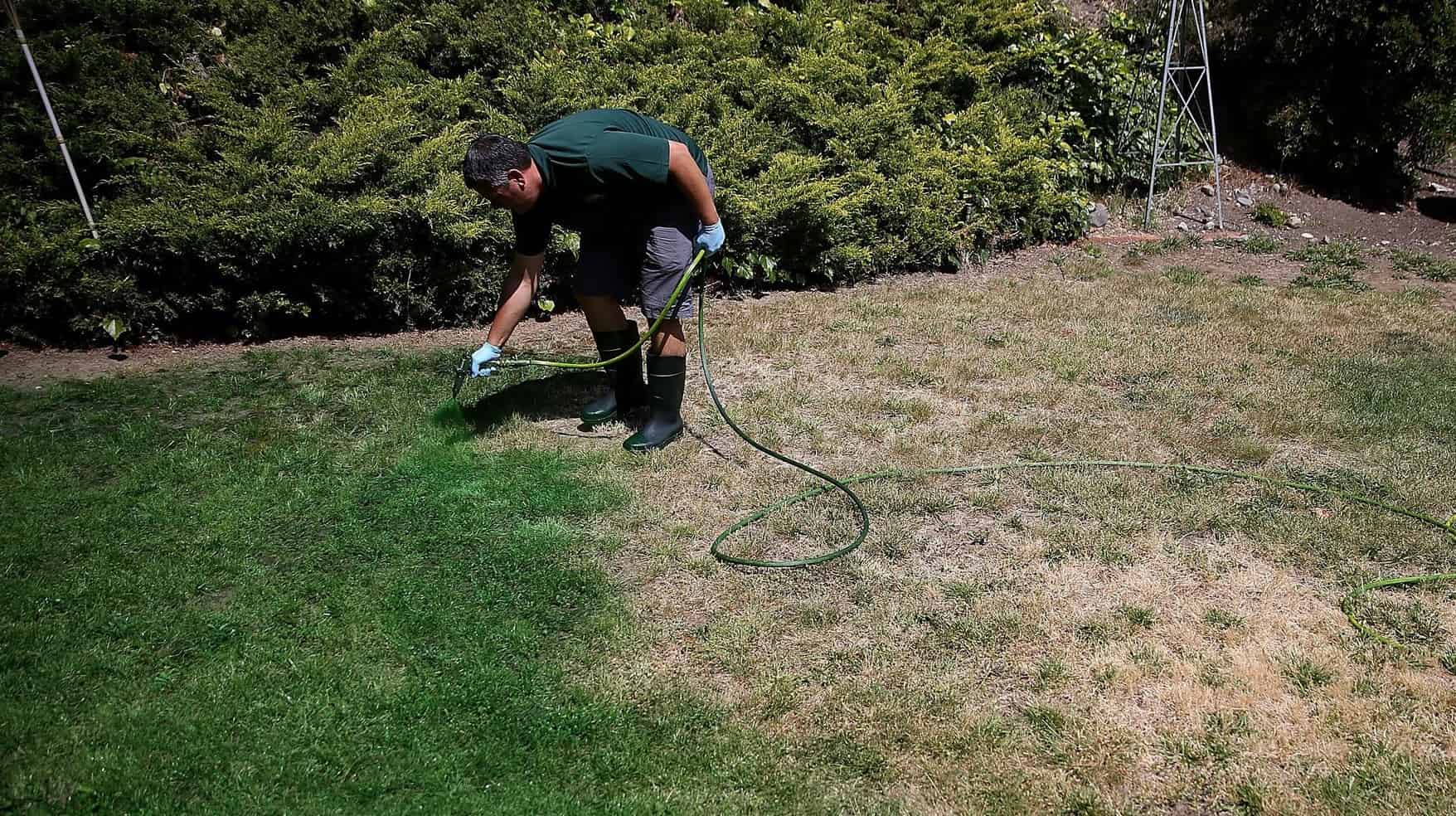
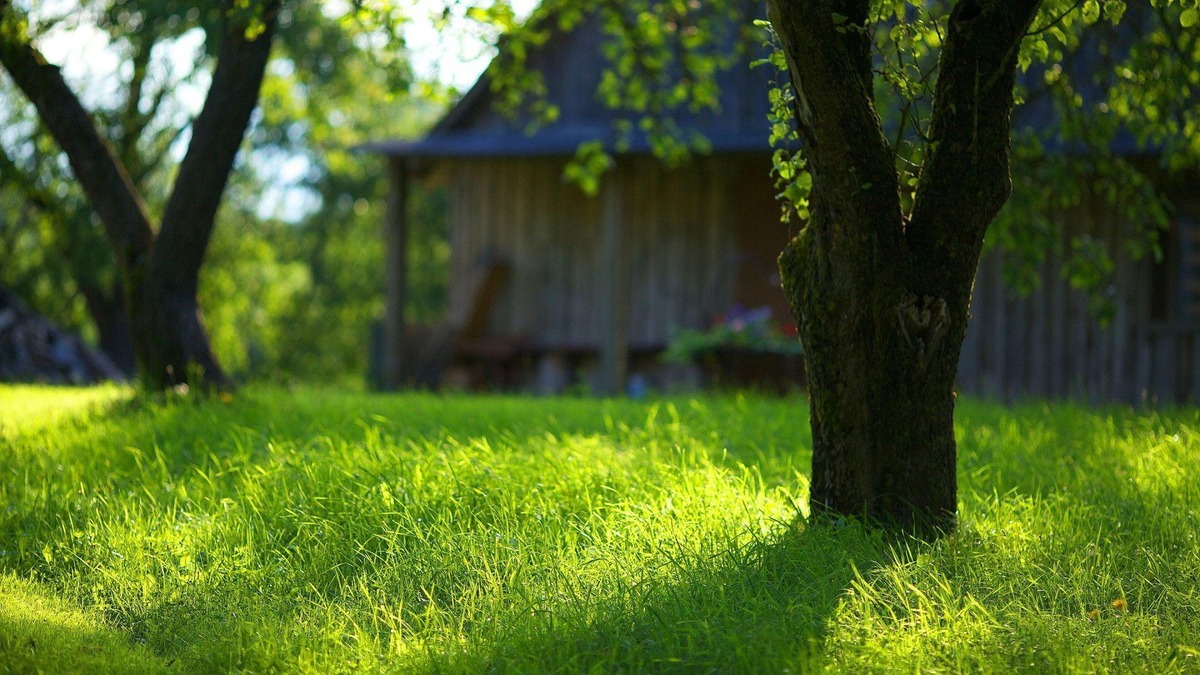


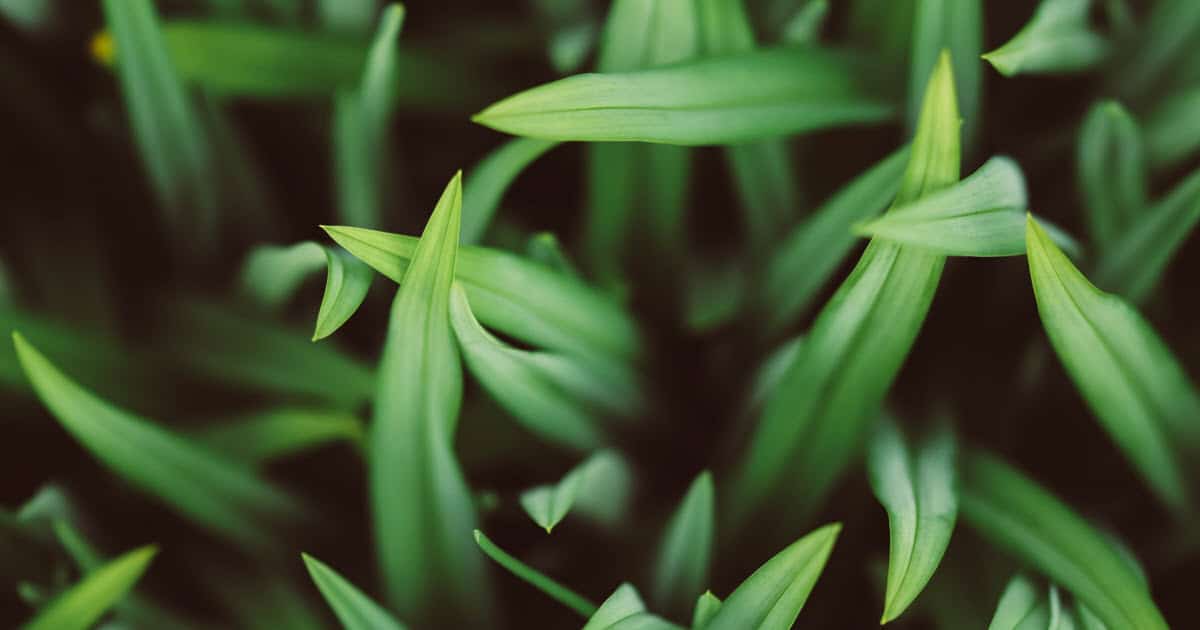
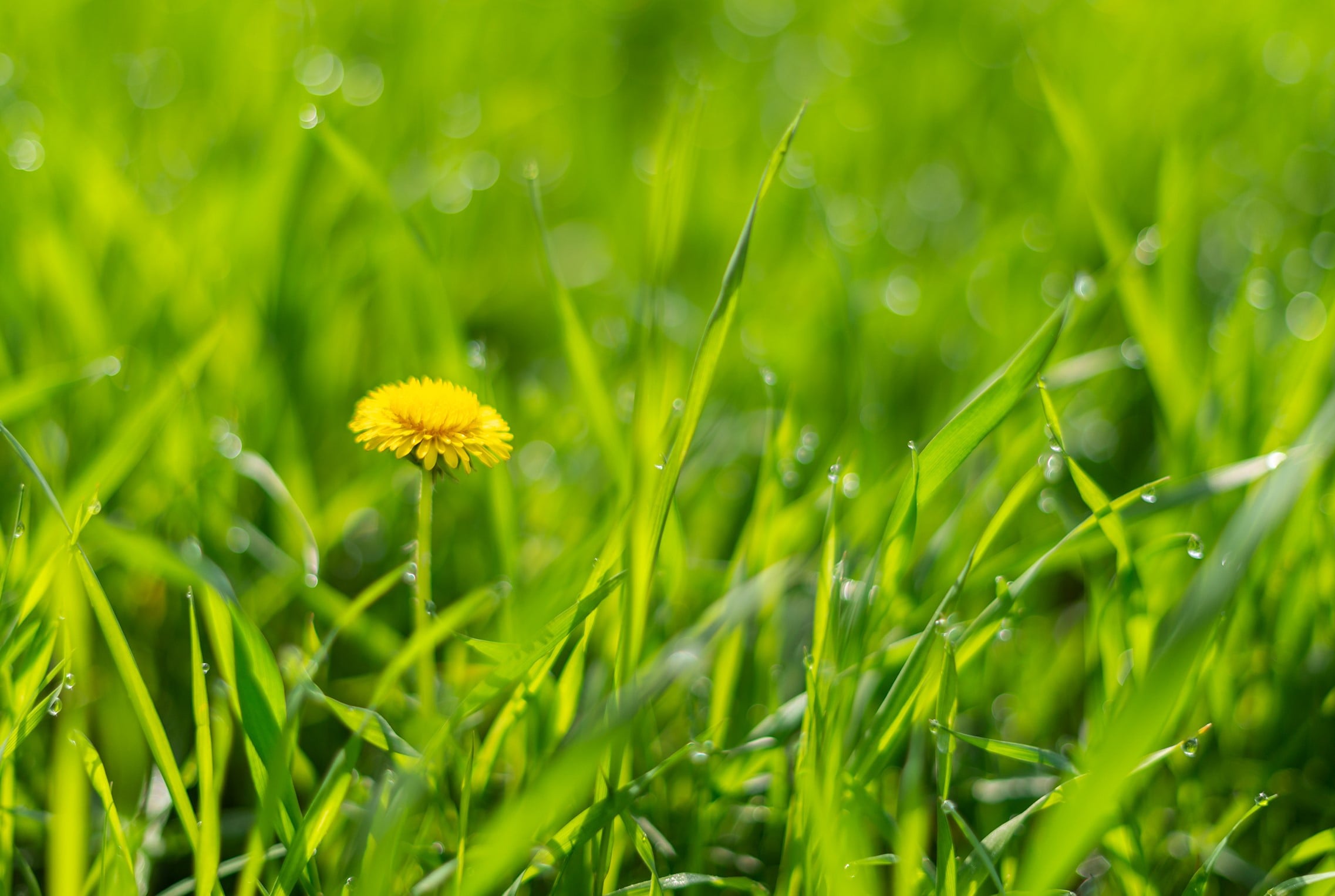
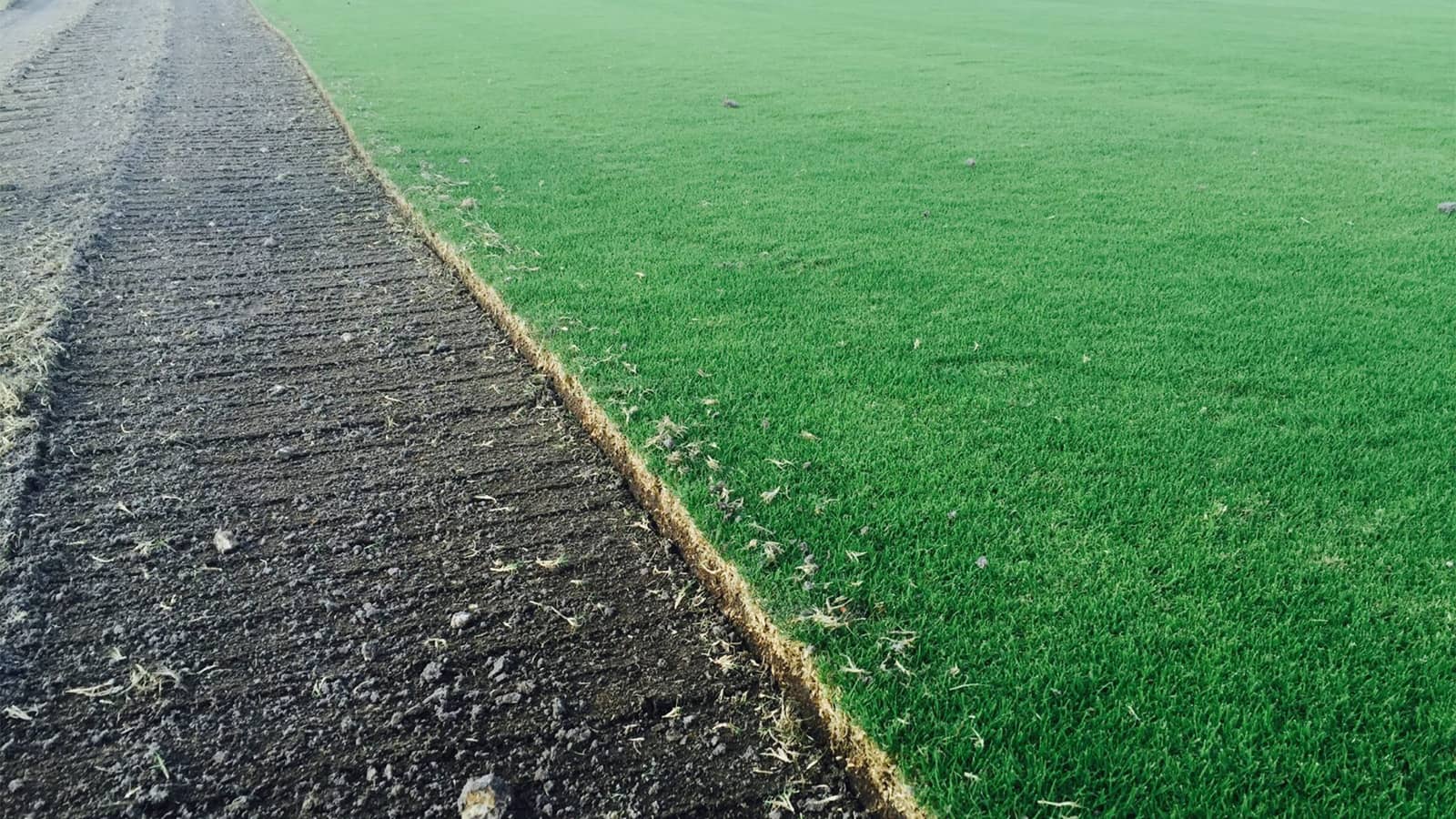


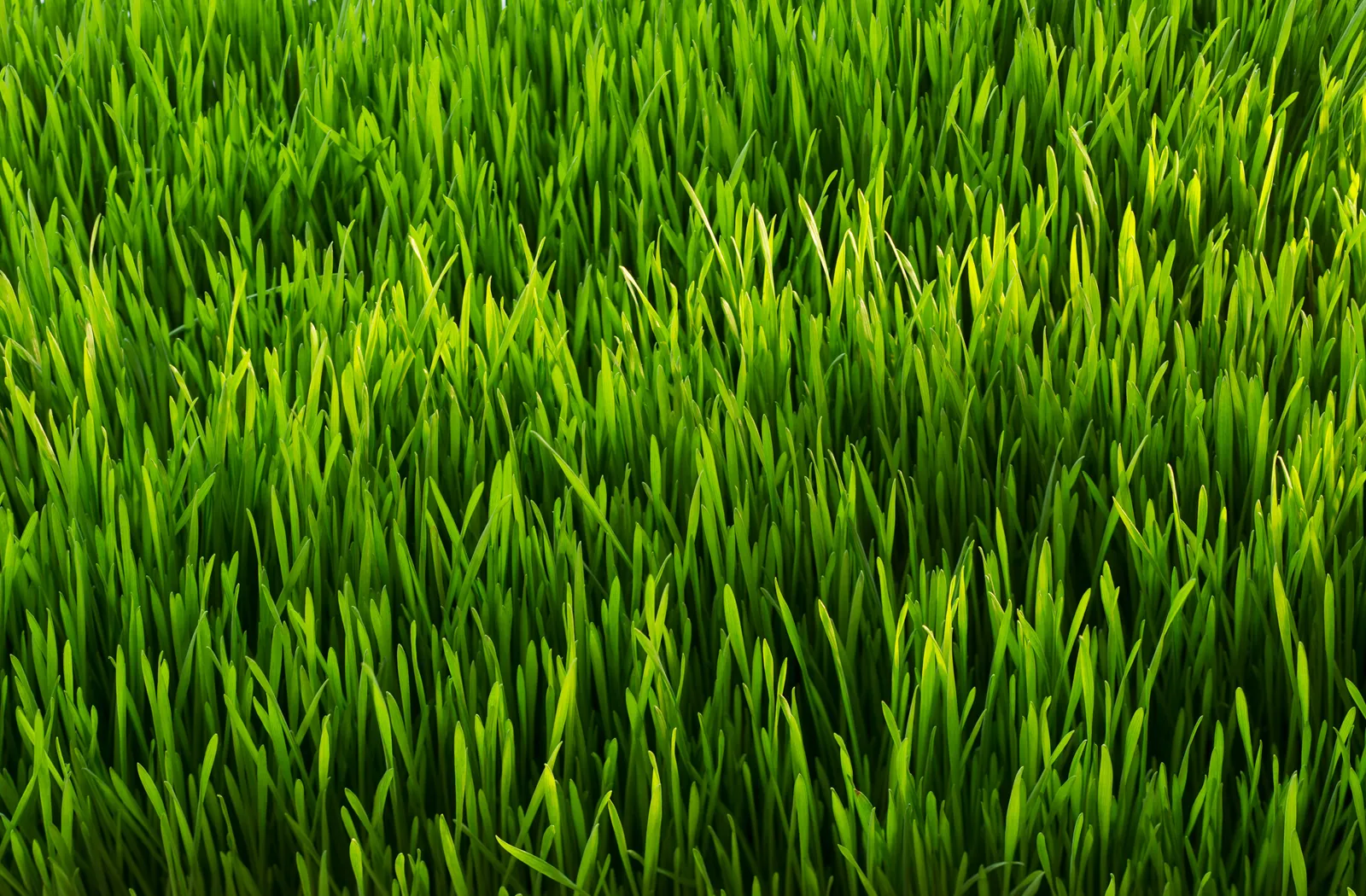
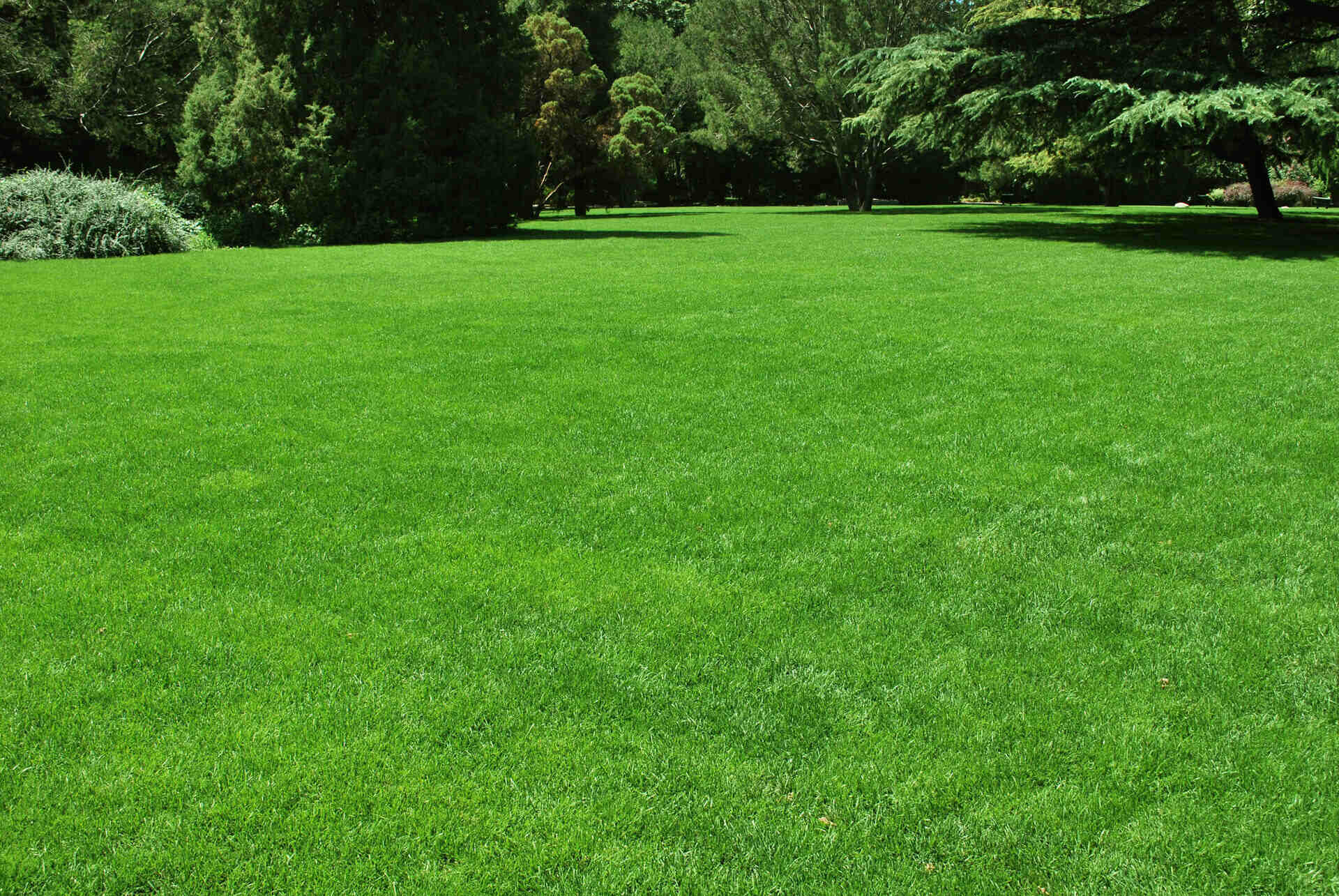



0 thoughts on “What To Use To Make My Grass Green”